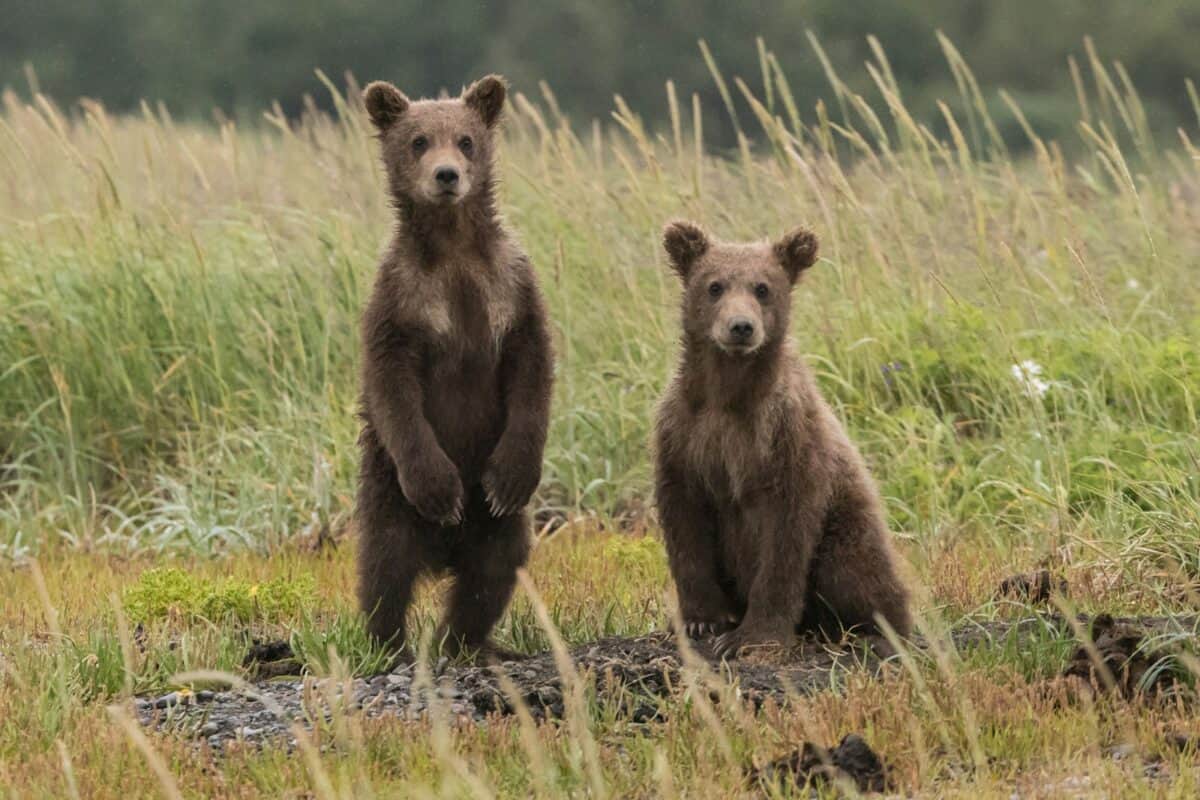Few wildlife encounters evoke as much wonder and sometimes fear as seeing a bear stand upright on its hind legs. This impressive posture, which can make a bear appear even more massive and human-like, has inspired countless folklore tales, wildlife warnings, and misunderstandings. But contrary to popular belief, a bear standing on its hind legs isn’t necessarily preparing to charge or attack. The reality behind this behavior is far more nuanced and fascinating, revealing much about bear biology, evolution, and intelligence. In this comprehensive exploration, we’ll uncover the true reasons bears adopt this bipedal stance, what it means in different contexts, and how understanding this behavior can help foster safer coexistence with these remarkable mammals.
The Biological Mechanics of Bear Bipedalism
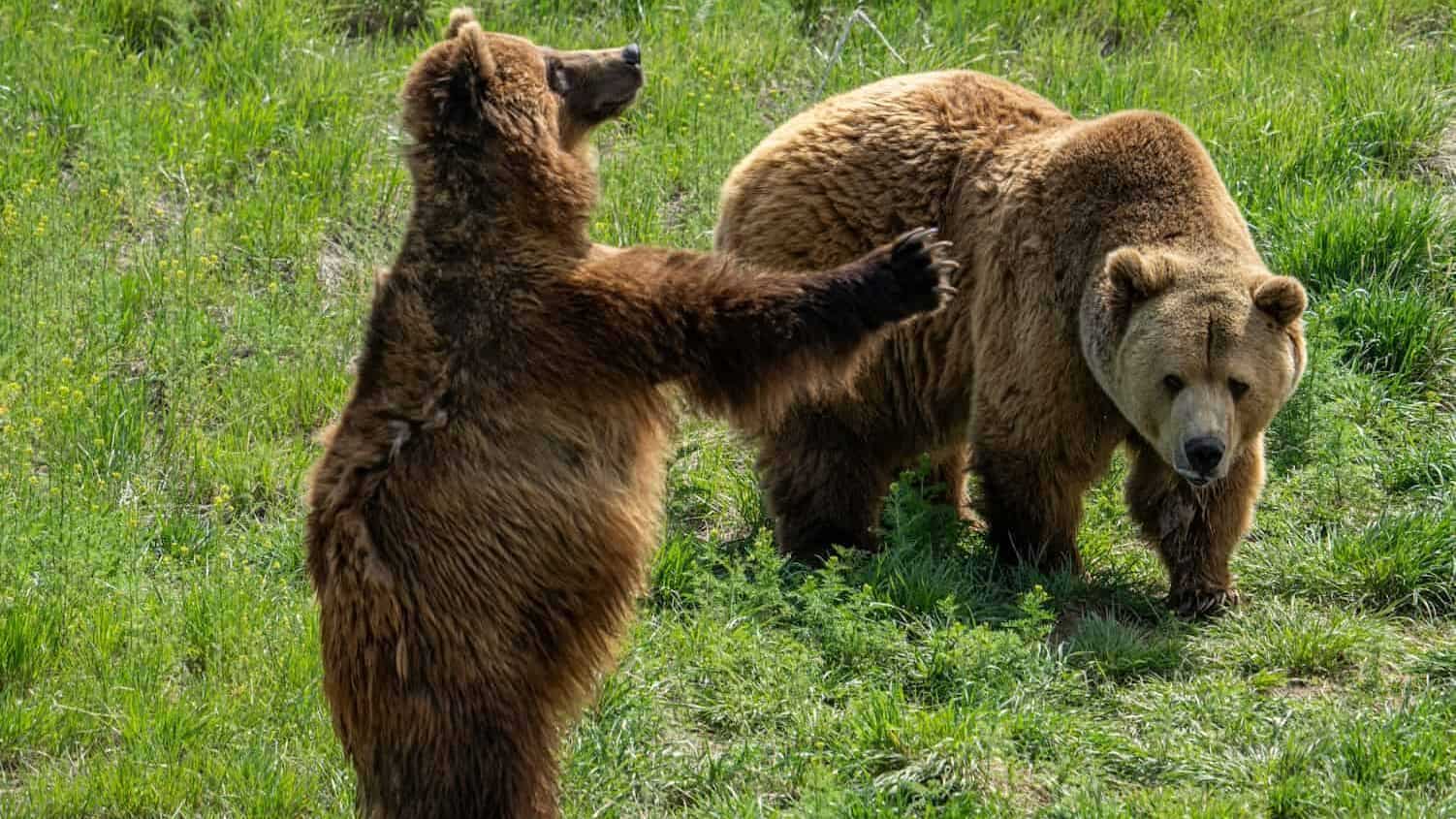
While bears are primarily quadrupedal animals, their anatomy allows them to stand and even walk short distances on their hind legs with relative ease. Bears possess powerful leg muscles, flexible spines, and plantigrade feet (where the entire foot touches the ground, similar to humans), which provide the necessary stability for temporary bipedal movement. Their shoulder structure, featuring a relatively loose scapula, allows for greater range of motion in the forelimbs when they’re not being used for weight-bearing. These anatomical features haven’t evolved specifically for bipedalism but rather represent adaptations that enable bears to perform various tasks, including climbing, digging, and manipulating objects.
Unlike true bipedal animals like humans, bears lack the specialized hip structure, curved spine, and forward-positioned foramen magnum (the opening in the skull where the spinal cord enters) that would make upright walking efficient over long distances. This is why bears typically stand upright only temporarily before returning to their more comfortable and energy-efficient quadrupedal stance. Despite these limitations, the bear’s ability to stand upright represents a remarkable example of locomotor versatility among large carnivoran mammals.
The Primary Reason: Enhanced Sensory Perception
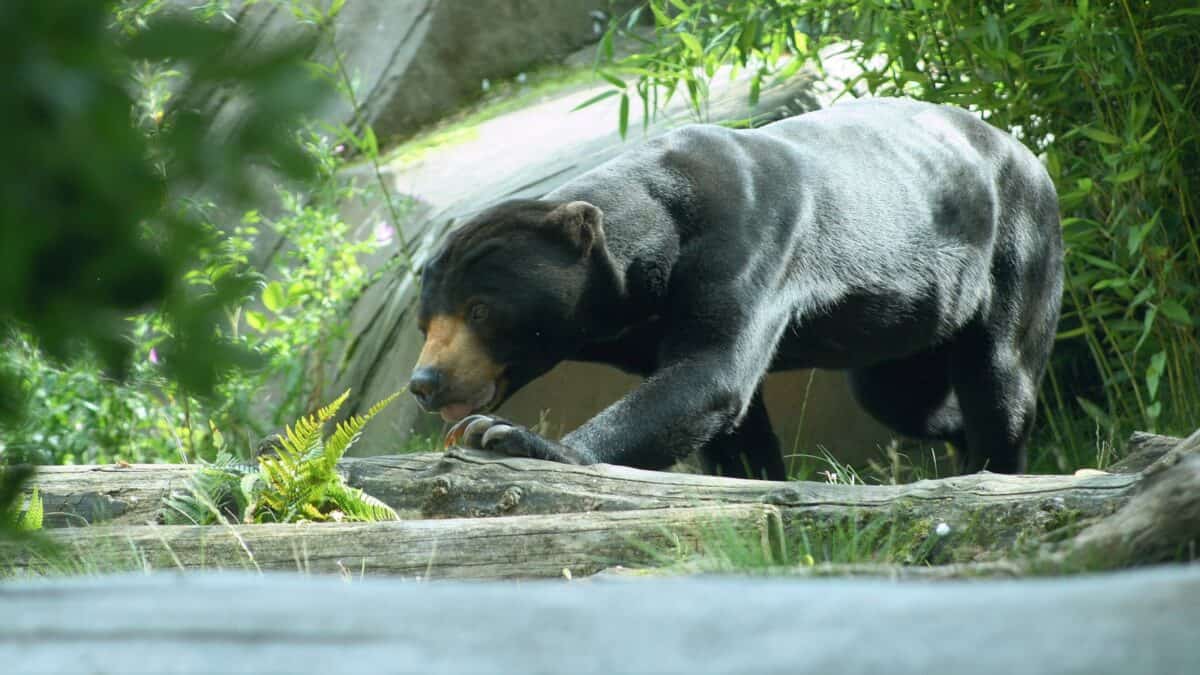
The single most common reason bears stand on their hind legs is to improve their sensory perception, particularly their vision and sense of smell. Bears have relatively poor eyesight compared to many other predators, with visual acuity estimated to be about one-third that of humans. By standing upright, bears gain a significant height advantage, allowing them to see over tall vegetation, detect movement at greater distances, and generally survey their surroundings more effectively. This behavior is especially important in habitats with dense undergrowth or tall grasses where quadrupedal vision would be severely limited.
Even more importantly, standing upright dramatically enhances a bear’s already remarkable sense of smell. Bears possess one of the most sensitive olfactory systems in the animal kingdom, with polar bears capable of detecting seals under three feet of ice from over a mile away. By raising their noses higher into the air, bears can better catch scent molecules carried by wind currents. This improved olfactory positioning allows them to detect food sources, identify potential mates, sense danger, and gather crucial information about their environment that would be inaccessible at ground level.
Curiosity and Investigation Behavior
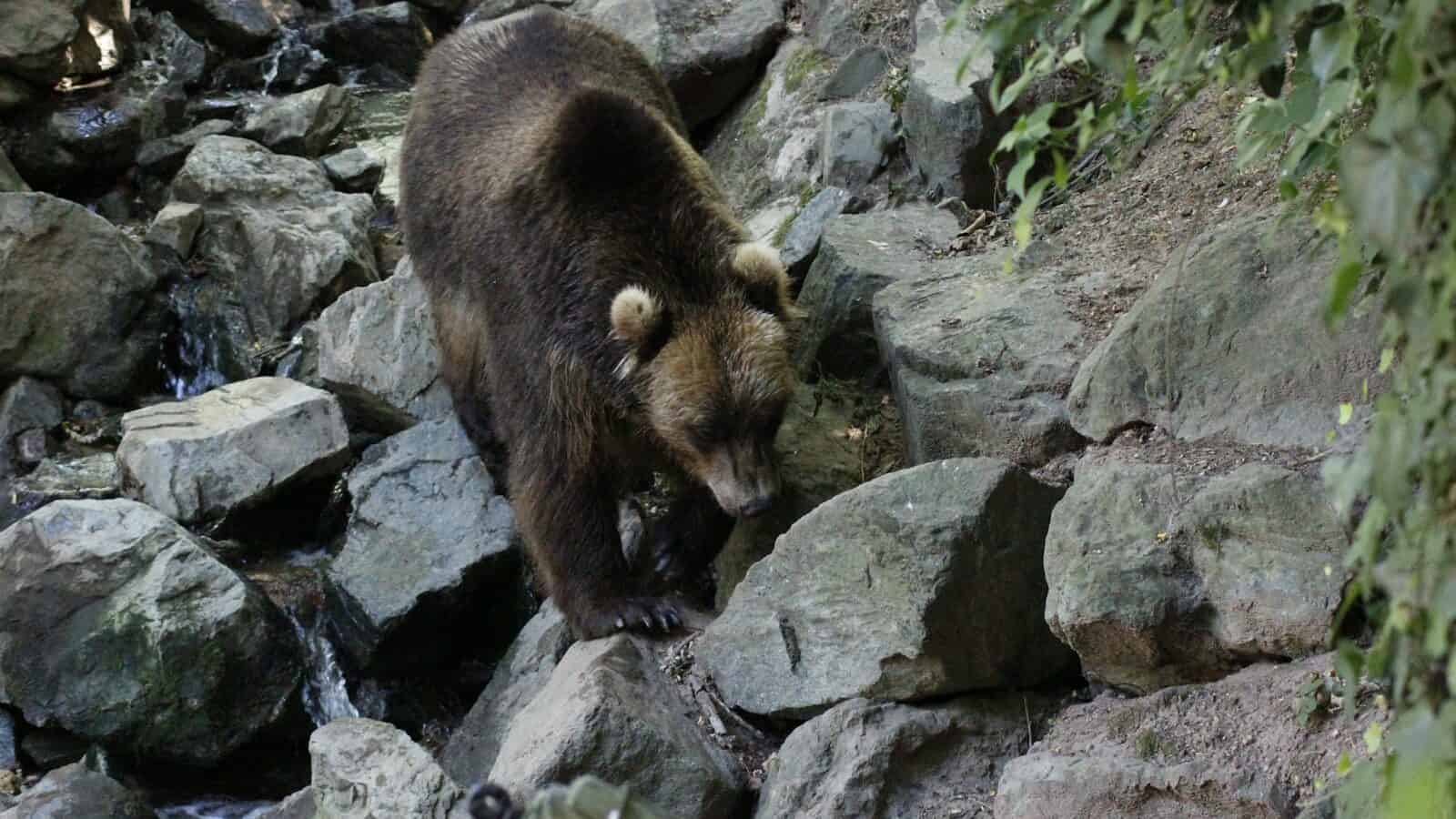
Bears are highly intelligent and naturally curious animals, with cognitive abilities comparable to many primates. When a bear encounters something unfamiliar or interesting in its environment, standing upright often represents an investigative posture rather than an aggressive one. By rising on their hind legs, bears can better examine novel objects, unusual movements, or unfamiliar sounds that have captured their attention. This curiosity-driven standing is particularly common among younger bears who are still learning about their environment and among mother bears assessing potential threats to their cubs.
Wildlife biologists who study bear behavior note that this investigative standing is typically accompanied by other body language cues that indicate curiosity rather than aggression. These may include a relaxed facial expression, ears pointed forward rather than flattened, and an absence of vocalizations or teeth displays. Understanding these nuanced behavioral differences is crucial for wildlife managers and outdoor enthusiasts who need to accurately interpret bear behavior for safety purposes.
Communication and Social Signaling
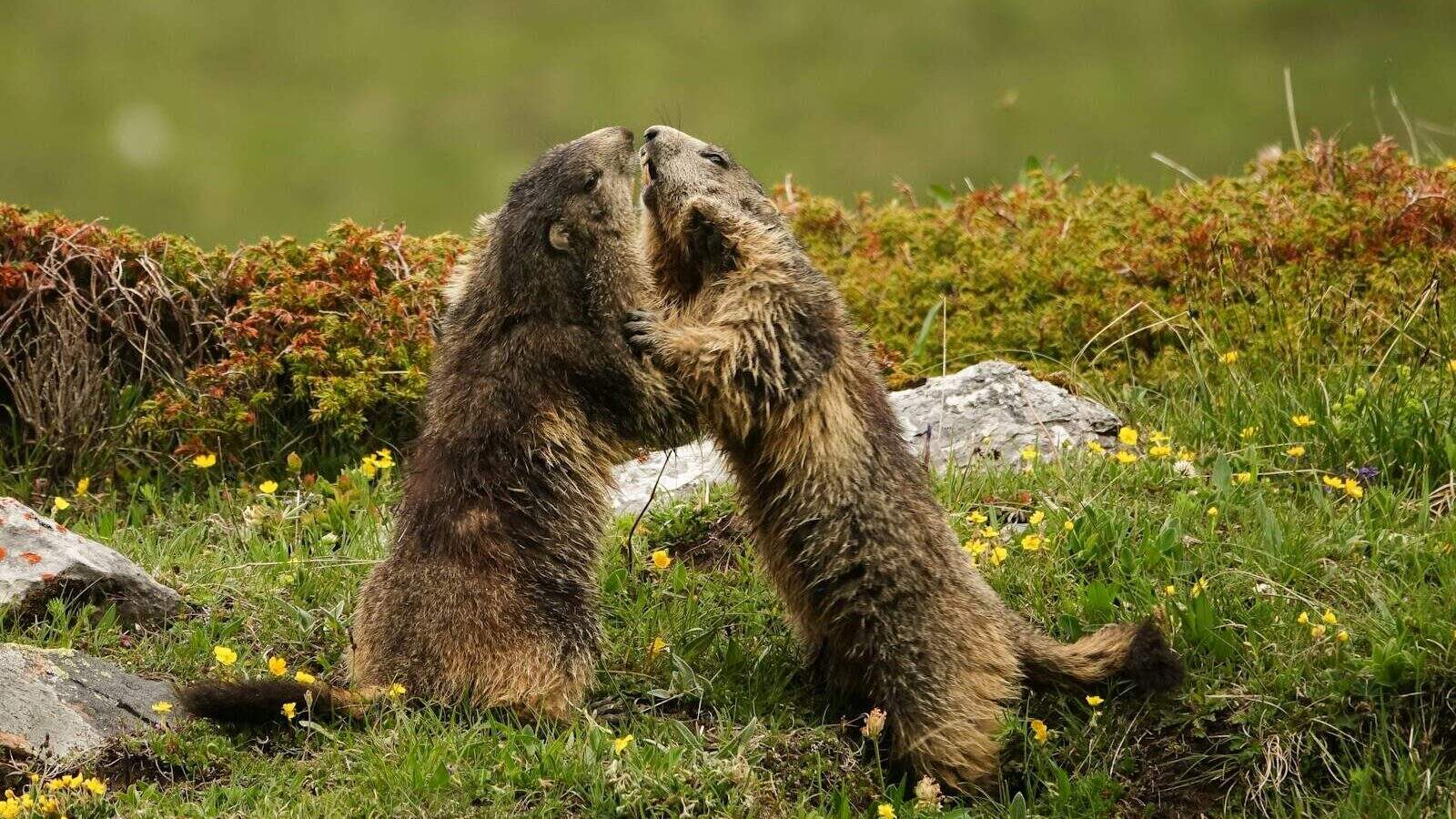
Bears use bipedal standing as an important component of their social communication repertoire. When two bears encounter each other, one or both may stand to assess the other individual’s size, sex, and potential threat level. This mutual assessment helps prevent unnecessary conflicts by establishing visual dominance hierarchies without physical confrontation. For male bears during mating season, standing upright can serve as a dominance display to rival males or as part of courtship behavior directed at females. Mother bears may also stand to signal warnings to their cubs about potential dangers.
Interestingly, research has shown that different bear species utilize this form of communication with varying frequency. Black bears (Ursus americanus) tend to stand upright more frequently in social contexts than grizzly bears (Ursus arctos horribilis), possibly because black bears evolved in more densely forested environments where visual communication at a distance provides an advantage. For solitary animals like bears, having clear visual signals that can be interpreted from a distance helps maintain the social spacing that characterizes most bear species’ social structures.
Foraging Advantages of Standing Upright
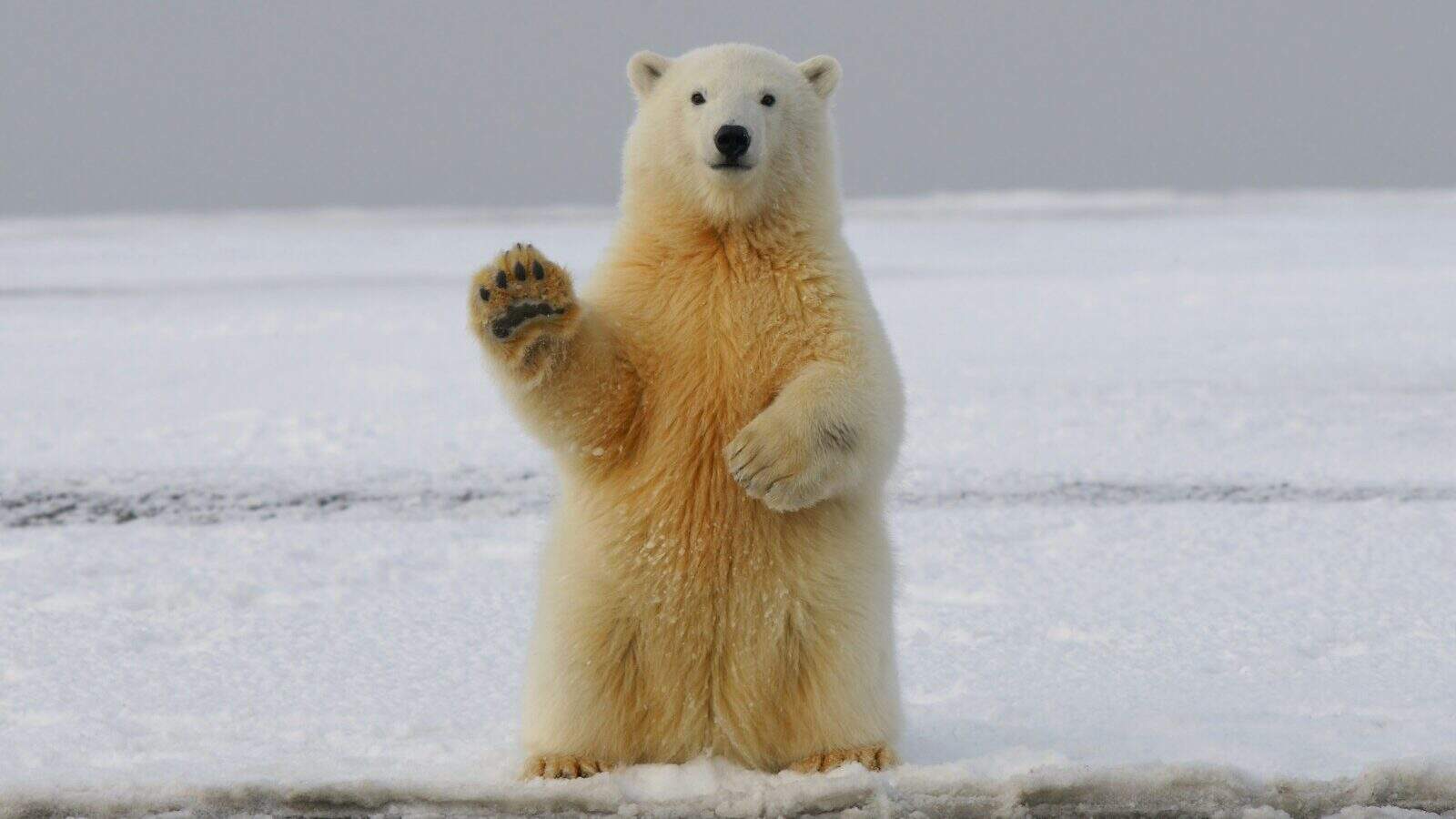
Standing on hind legs provides bears with significant advantages when foraging for certain food sources. When feeding on berry bushes, fruit trees, or other vegetation that grows above ground level, standing allows bears to access food that would otherwise be out of reach. This is particularly evident in late summer and fall when bears are in hyperphagia (intensive feeding to prepare for hibernation) and maximizing caloric intake becomes their primary focus. Black bears have been observed standing to strip berries from bushes with one paw while using the other for balance, demonstrating remarkable dexterity in this posture.
For brown bears and grizzlies feeding on tall vegetation like cow parsnip or retrieving pine cones from conifer trees, bipedal standing represents an energy-efficient alternative to climbing or knocking down food sources. By freeing their forelimbs from weight-bearing responsibilities, bears can use their dexterous paws and long claws to manipulate food items with surprising precision. Studies of wild bears in diverse habitats have documented upright standing being employed to access everything from apples in orchards to honey in tree cavities, highlighting the adaptive value of this behavior in varied foraging contexts.
Differences Among Bear Species
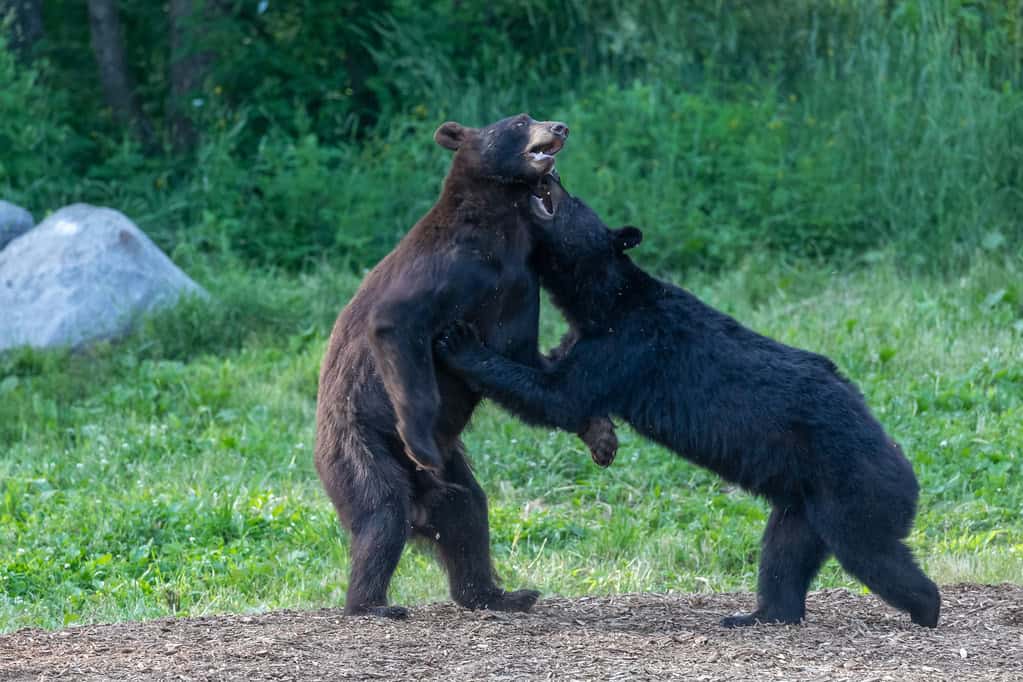
While all bear species can and do stand on their hind legs, the frequency and context of this behavior varies considerably among the eight extant bear species. Asiatic black bears (Ursus thibetanus) have earned the nickname “moon bears” partly due to their propensity for bipedal standing, which prominently displays the cream-colored crescent marking on their chests. Sloth bears (Melursus ursinus) have evolved specialized adaptations for feeding on termites, including standing upright while using their forelimbs to tear open insect mounds and their modified snout to vacuum up the insects.
Polar bears (Ursus maritimus) stand less frequently than their forest-dwelling cousins, likely because their open Arctic habitat already provides good visibility without the need for additional height. However, they do use bipedal standing when navigating thin ice or when curious about distant objects. The giant panda (Ailuropoda melanoleuca), with its unique bamboo diet, frequently sits upright while feeding, a posture that frees its modified “sixth digit” (an enlarged wrist bone) to manipulate bamboo stems more effectively. These species-specific variations highlight how bipedal standing has been adapted to suit different ecological niches and foraging strategies.
Misconceptions About Bears Standing Up

Perhaps the most persistent misconception about bears standing on their hind legs is that this posture signals aggression or an imminent attack. In reality, a bear preparing to charge typically remains on all fours, as this position provides the optimal launch position for quick movement. Standing upright actually puts a bear at a disadvantage for rapid movement, as they must first drop to all fours before they can charge effectively. This misunderstanding can lead to unnecessary fear and potentially dangerous reactions from humans who might feel threatened by a bear that is merely curious or trying to gather information about its surroundings.
Another common misconception is that teaching captive bears to stand or “dance” is a harmless form of entertainment. Historically, “dancing bears” were trained using cruel methods including hot plates, beatings, and food deprivation. This forced unnatural bipedalism often resulted in long-term physical damage to the bears’ joints and spines. Understanding the natural contexts in which wild bears stand upright helps distinguish between normal, adaptive behavior and the exploitative practices that have fortunately been outlawed in most countries but still persist in some regions.
Developmental Aspects of Bipedal Standing
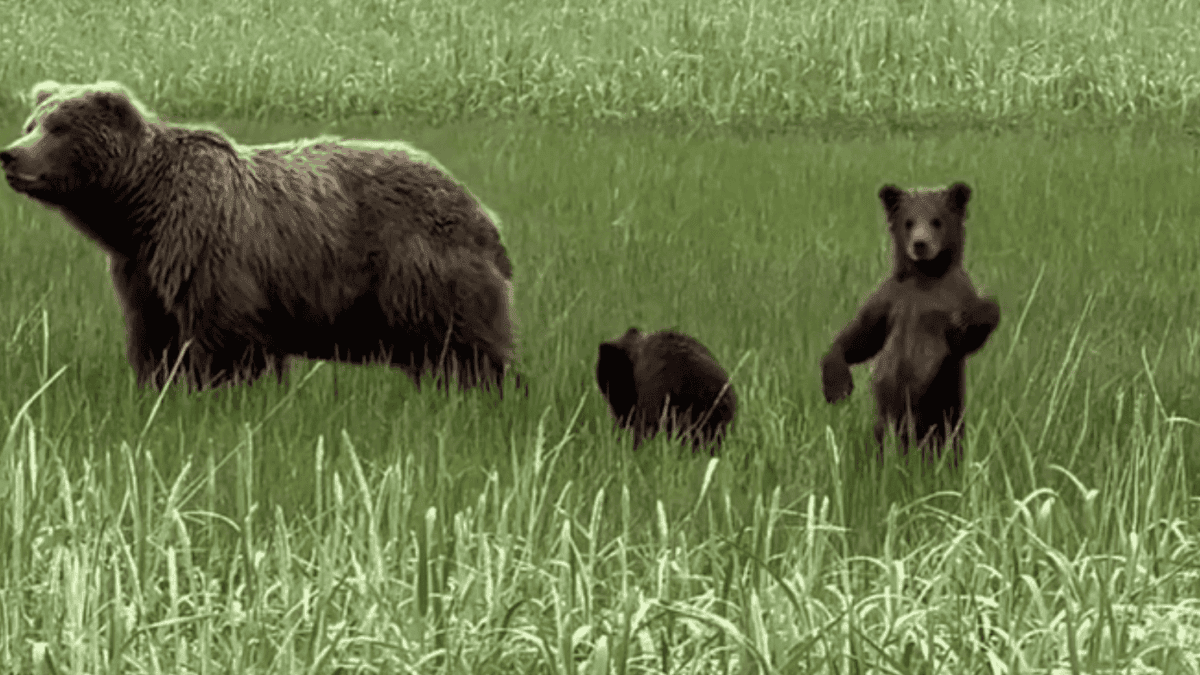
Bear cubs begin experimenting with standing on their hind legs at a very young age, typically within their first few months of life. This early practice represents an important component of their motor skill development and environmental learning. Mother bears sometimes encourage this behavior by hanging food slightly out of reach, prompting cubs to stand to access it. Research on captive bear cubs has shown that this play-based learning helps develop the muscle strength and balance necessary for successful bipedal standing in adulthood. The frequency of standing behavior tends to increase as cubs grow and become more independent explorers.
Interestingly, orphaned cubs raised in wildlife rehabilitation facilities show delayed development of confident bipedal standing compared to mother-raised counterparts, highlighting the important role of maternal teaching in this behavior. Wildlife rehabilitators working with orphaned bear cubs often create environmental enrichment opportunities that encourage natural standing behavior, such as placing food items at varying heights or introducing novel objects that stimulate investigative standing. This developmental focus helps ensure that rehabilitated cubs develop the full range of natural behaviors before being released back into the wild.
The Evolutionary Origins of Bear Bipedalism
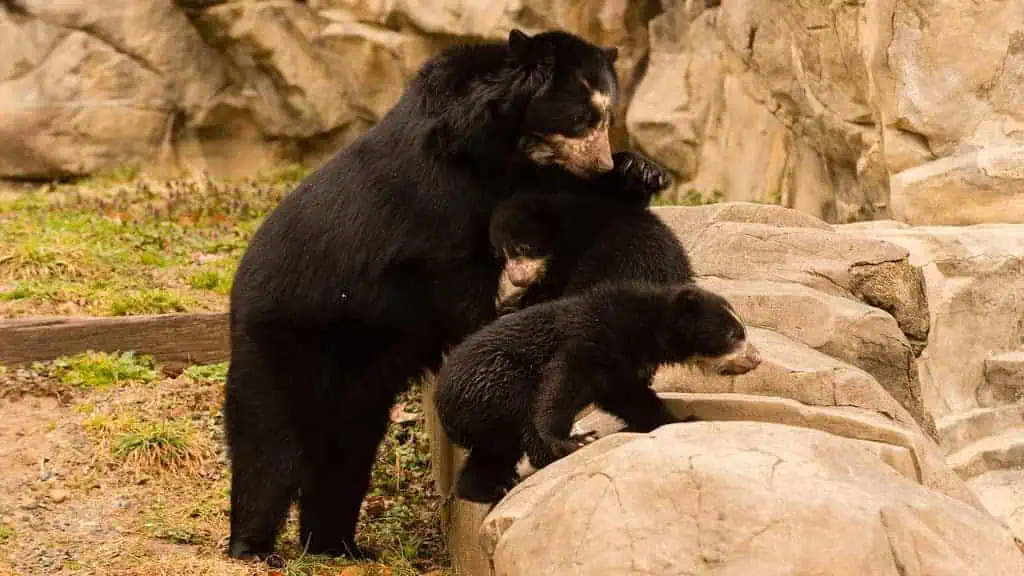
The ability of bears to stand upright represents an evolutionary adaptation with roots dating back millions of years. Paleontological evidence suggests that the ancestors of modern bears diverged from other carnivoran lineages approximately 20-25 million years ago. Unlike some other mammalian lineages that evolved specialized locomotor adaptations (like the extreme cursorial adaptations of horses or the fully bipedal adaptations of humans), bears retained a more generalized skeletal structure that prioritizes versatility over specialization. This evolutionary strategy has proven successful, allowing bears to occupy diverse ecological niches from Arctic sea ice to tropical forests.
Comparative studies of bear anatomy with their closest living relatives, including pinnipeds (seals and sea lions) and mustelids (weasels, otters, and badgers), provide insights into how the capacity for occasional bipedalism evolved. The enlarged hind limbs, flexible spine, and plantigrade foot posture that enable bear bipedalism likely evolved as adaptations for climbing, digging, and manipulating food items rather than specifically for upright standing. This represents a fascinating example of exaptation in evolution, where structures evolved for one purpose become co-opted for another function. The bear’s ability to stand upright thus represents an emergent capability arising from multiple adaptations rather than a directly selected trait.
Human-Bear Interactions and Safety Implications
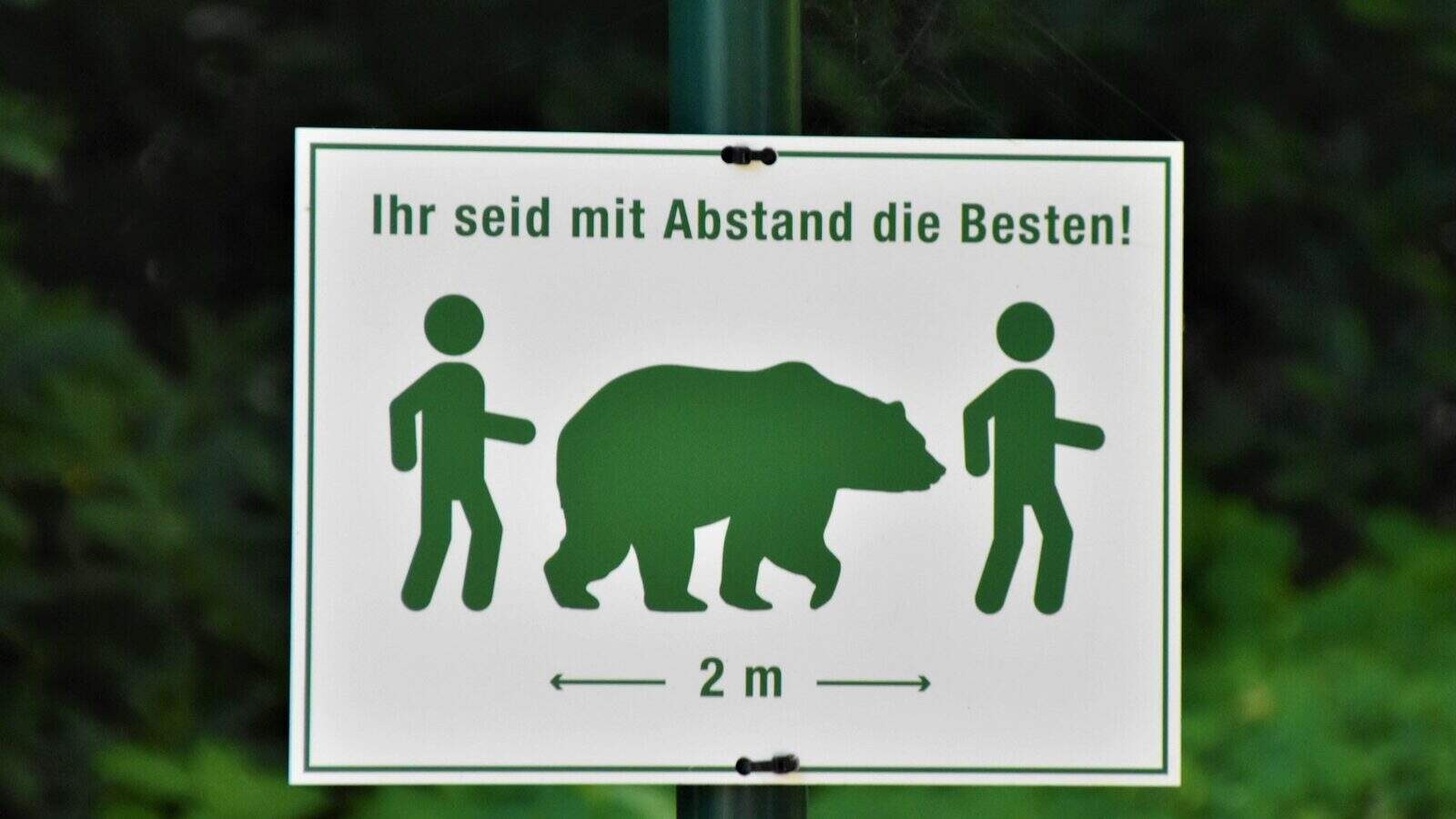
Understanding why bears stand on their hind legs has important implications for human safety in bear country. When a bear stands upright upon encountering humans, it is typically trying to gather information through improved sight and smell rather than displaying aggression. This knowledge should inform appropriate human responses to such encounters. Wildlife management experts recommend remaining calm if you see a bear stand up, as sudden movements might trigger a defensive reaction. Speaking in a calm, firm voice helps identify you as human (bears have poor eyesight and may not immediately recognize what you are) while giving the bear space to retreat once its curiosity is satisfied.
Bear safety education programs increasingly incorporate information about natural bear postures and behaviors to help outdoor enthusiasts accurately interpret bear body language. Parks Canada and the U.S. National Park Service have developed comprehensive bear awareness materials that explain the difference between investigative standing and truly concerning behaviors like jaw-popping, ground-slapping, or charging. By promoting accurate understanding of bear behavior, these programs help reduce negative human-bear interactions while fostering appreciation for these remarkable animals’ natural behaviors rather than perpetuating fear-based misconceptions.
Capturing Bears Standing on Camera
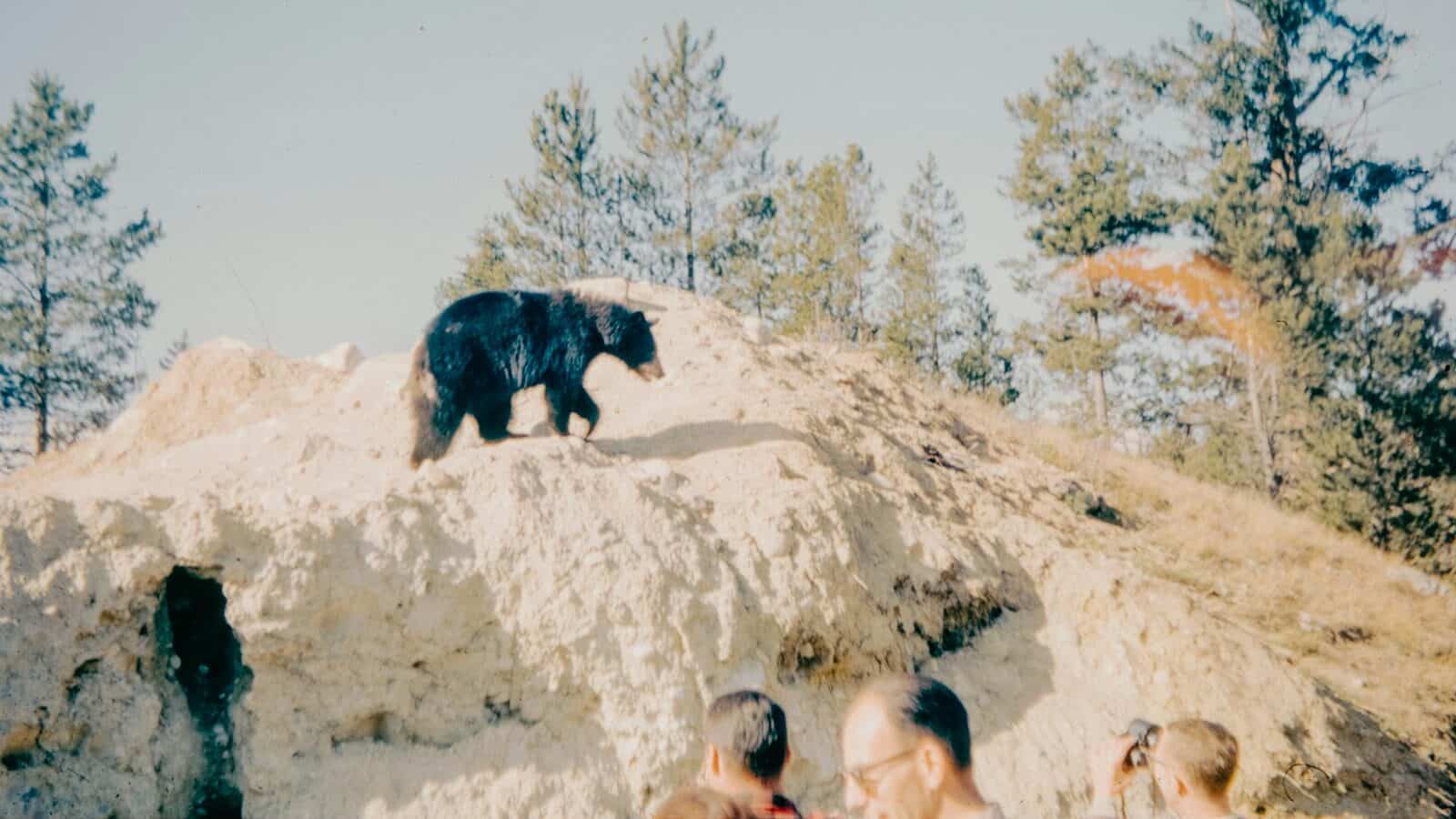
The striking image of a bear standing on its hind legs has made this behavior a highly sought-after photographic subject for wildlife photographers and casual observers alike. Trail cameras positioned in bear habitat frequently capture remarkable images of bears standing upright, often triggered by the bears’ curiosity about the unfamiliar camera device itself. These remote-sensing cameras have provided researchers with valuable data about the frequency and contexts of natural bipedal standing behavior without human presence potentially influencing the bears’ behavior. Analysis of thousands of such images has helped wildlife biologists better understand seasonal and situational variations in standing behavior.
For photographers hoping to capture this behavior, understanding its natural triggers can improve success rates while maintaining safe and ethical wildlife viewing practices. Bears are most likely to stand when they detect something novel but not immediately threatening, when trying to locate food sources by smell, or when navigating terrain with limited visibility. Responsible wildlife photography guidelines emphasize maintaining appropriate distances (typically 100 yards/91 meters minimum for bears), using telephoto lenses rather than approaching closely, and never baiting or otherwise manipulating bear behavior to achieve desired photographs.
The Fascinating Truth Behind Bears Standing Upright
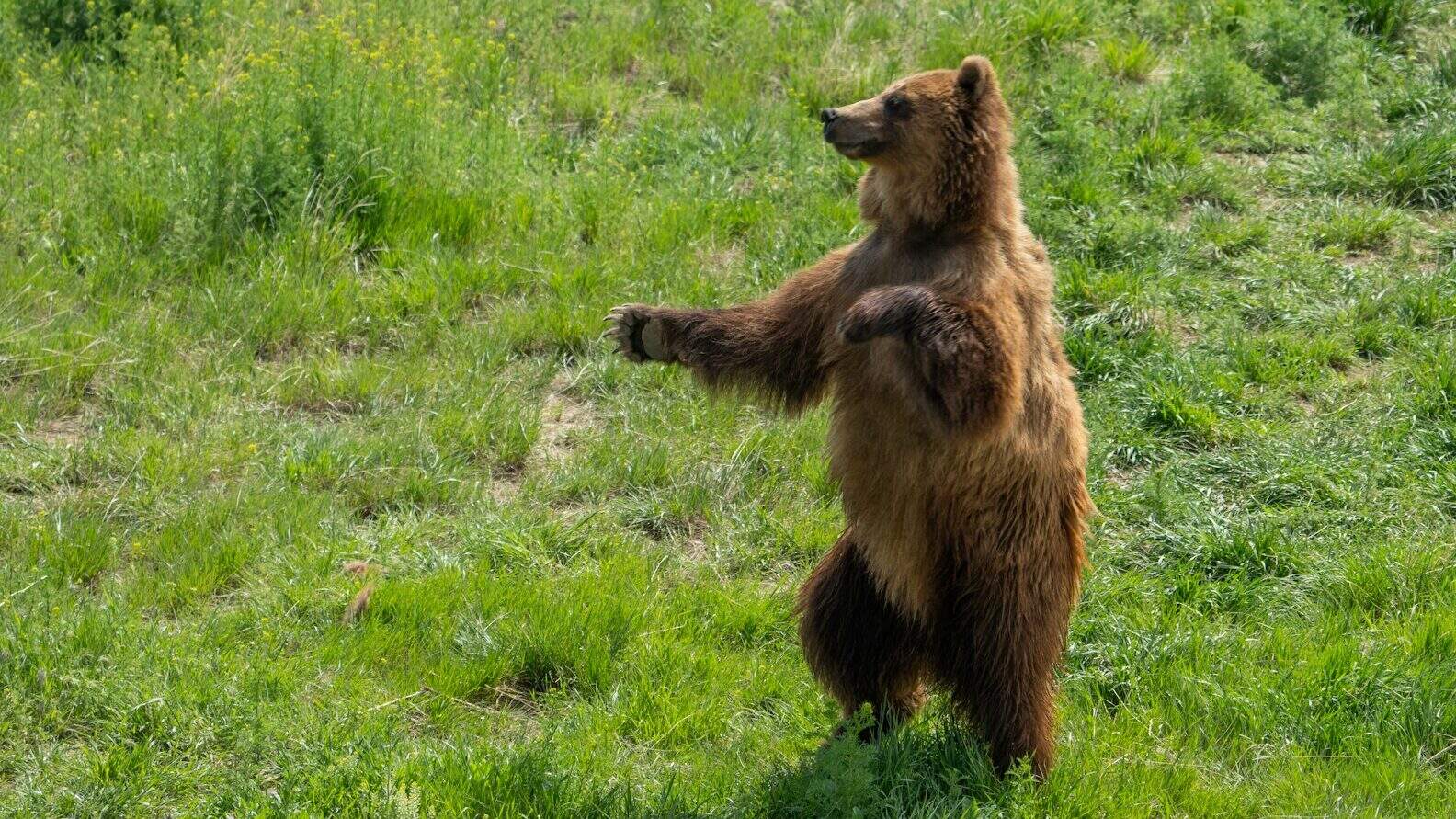
The ability of bears to stand on their hind legs represents one of the most misunderstood yet fascinating aspects of their behavioral repertoire. Far from being a warning sign of aggression, bipedal standing primarily serves sensory enhancement functions, allowing bears to see and smell their environment more effectively. This behavior also facilitates foraging, social communication, and investigation of novel stimuli, highlighting the remarkable intelligence and adaptability that characterizes these apex mammals. By understanding the true motivations behind this behavior, we gain deeper insight into bear cognition and ecology while dispelling harmful misconceptions.
For humans sharing landscapes with bears, recognizing that a standing bear is typically gathering information rather than preparing to attack can promote more appropriate responses during wildlife encounters. This knowledge contributes to conservation efforts by reducing unnecessary conflicts based on misinterpretations of natural behavior. As we continue to expand our scientific understanding of bear behavior through observation, technology, and research, we develop greater appreciation for the complex and purposeful nature of actions like bipedal standing. In the end, when a bear rises to its full height on two legs, it is not displaying aggression but rather demonstrating the remarkable adaptability and intelligence that has allowed these magnificent animals to thrive across diverse habitats for millions of years.
- What Horses Teach Us About Nonverbal Communication - August 25, 2025
- How a Breed’s Adaptability Fits Frequent Moves - August 25, 2025
- Meet the World’s Heaviest Flying Bird - August 25, 2025

